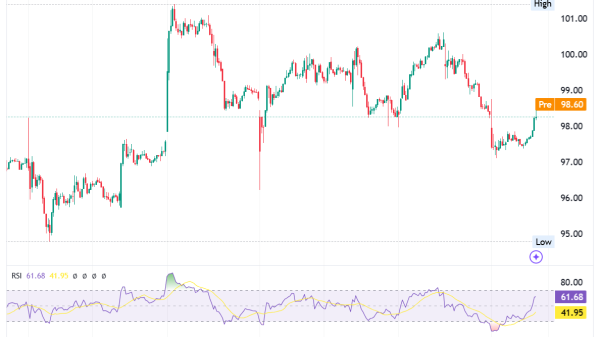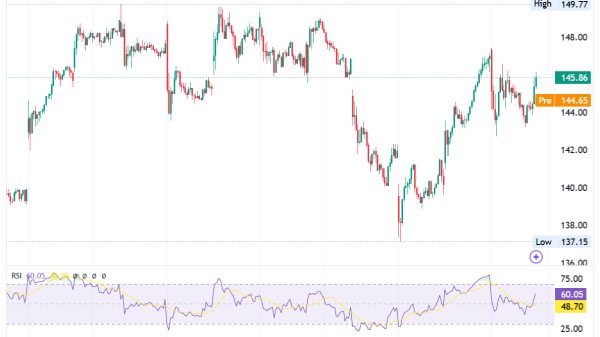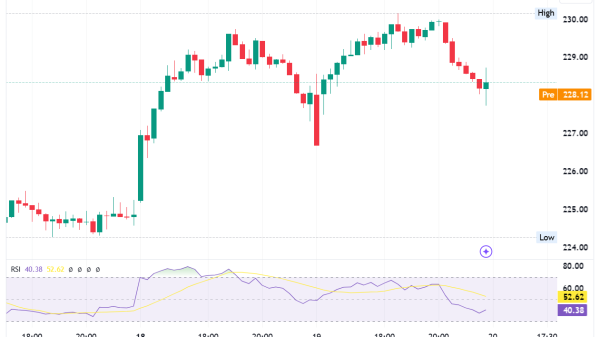
Anxiety may not make sense to a lot of people, but it is a very real struggle for those who suffer from it. It can afflict humans and pets in varying degrees and can cause both physical and behavioral reactions. Many cats have anxiety about driving in the car, thunderstorms, unfamiliar visitors, or going for their annual veterinarian checkup.
When they don’t understand what is going on and find themselves in unfamiliar environments or situations, they can become overwhelmed, and their anxiety can skyrocket. This will cause them to protest, fight, and cry when they’re faced with the things that stress them out most.
It’s important to find the cause of your cat’s anxiety and deal with it because if left untreated, it can worsen and even develop into stress cystitis. Thankfully, there are several ways to reduce anxiety in cats, so keep reading to find out more.
What Is Anxiety?
Unlike fear, which enhances survival and gives cats the instincts to keep themselves safe from danger, anxiety is the anticipation of danger. The thing about anxiety is that it often arises when there is no real threat of danger, and yet the body reacts as though it is in danger. It is present in various species, and is often caused by a traumatic event, such as being bitten by a dog, kicked by a person, or hit by a car, or by big changes in your cat’s life, such as moving homes, a new baby or puppy, or loud fireworks.
Anxiety can develop quite early on. However, depending on the cause, it can develop at any age. Stepping in to reduce stressors in your cat’s life and treat the anxiety early is important, as it can worsen over time.
Signs of Anxiety in Cats
Anxiety can manifest itself differently from one cat to another. Some cats may seem fine behaviorally but won’t be able to eat, while others may tremble or act aggressively. Any changes to your cat’s eating patterns or behavior should be watched.
- Excessive grooming
- Pooping outside of the litter box
- Hissing, scratching, or biting
- Territorial behavior
- Hiding
- Freezing in place
- Trembling
- Wide eyes
- Running away
- Restlessness
- Loss of appetite
- Excessively vocal
- Puffing up their fur
- Holding their tail under their body and flattening their ears against their head
If your cat has any of the symptoms above or is frequently ill, take them to their veterinarian to rule out any other health issues. They will be able to diagnose your cat with anxiety and help you with ways to manage and treat it.

 Speak To a Vet Online From the Comfort of Your Couch!
Speak To a Vet Online From the Comfort of Your Couch!If you need to speak with a vet but can’t get to one, head over to PangoVet. It’s an online service where you can talk to a vet online and get the personalized advice you need for your pet — all at an affordable price!
Common Causes of Anxiety in Cats
Anxiety can be different for different cats. They can experience it differently, and different things can trigger anxiety in different cats.
- Changes in the cat’s environment or lifestyle
- Loud noises such as fireworks
- A traumatic event
- A lack of or poor socialization as a kitten
The 10 Tips for a Life That’s Free of Anxiety
1. Reduce or Remove Anxiety Triggers
For cats with severe anxiety, determining what the cause is can be challenging because they could be anxious about many things. It’s important to watch your cat’s behavior and how they respond to different things to determine what triggers their anxiety. If they show any signs of anxiety after a particular event or situation, you will be able to put a list together of what their stressors are. This insight is important because it will help you reduce or remove those triggers from their environment.
For example, if your cat is scared of dogs and the neighbor’s dog barks at them whenever they leave the house, they might be happier being kept inside. In the same way, it might be better for your cat to keep them indoors on New Year’s Eve and other occasions when fireworks are set off if they’re afraid of loud noises. (In fact, this is highly recommended, regardless of noise anxiety!)
2. Desensitization
Although we just discussed removing things from your cat’s environment that trigger anxiety, it may be helpful to expose your cat to those triggers—but in a controlled way. Before doing so, this should be discussed with your vet and a veterinary behaviorist. Desensitization involves repeatedly exposing your cat to the things they’re scared of but at such a low level that they don’t react fearfully to it.
For example, if your cat is anxious when in their cat carrier, you can start off by leaving their cat carrier open in their environment. You can place treats and toys inside and make it appealing. Once they are confident enough to go inside on their own, you can shut the door briefly.
By repeatedly exposing your cat to their carrier in a gentle and controlled way, they will become desensitized to it and will eventually be able to go inside with the door closed for longer periods without feeling anxious.
This method will not work if you repeatedly expose your cat to something that triggers their anxiety, and they react fearfully to it. By exposing them to it over and over, their anxiety will worsen and not resolve.
3. Set Up a “Safe Space”
If your cat has a place of their own where they can hide out when they feel anxious, it may reduce their anxiety. Their hideout can be made of cardboard boxes, be in a large cupboard, or a quiet room. It’s important that this space be away from noise and other pets. It should also have a litterbox, some food and water, and a comfortable place to sleep.
If you don’t have the space to create a full hideout for your cat, getting them a cat tree with perches and an enclosure where they can “get away” when they feel anxious will help calm them down.
Hepper Nest Bed provides nervous pets with support and its high sides offer a sense of security, diminishing stress and worry. To learn about how to the Hepper Nest can provide solace to your cat, click here.
- HAPPY COZY CATS – Your kitty will bask in luxurious sherpa-lined comfort while feeling warm, safe,…
- MODERN DESIGN – Contemporary styling with upholstered fabric construction; just like your human…
- WARM FLEECE LINER – Self warming, thick sherpa fleece with microfiber trim.
At Catster, we’ve admired Hepper for many years and decided to take a controlling ownership interest so that we could benefit from the outstanding designs of this cool cat company!


























